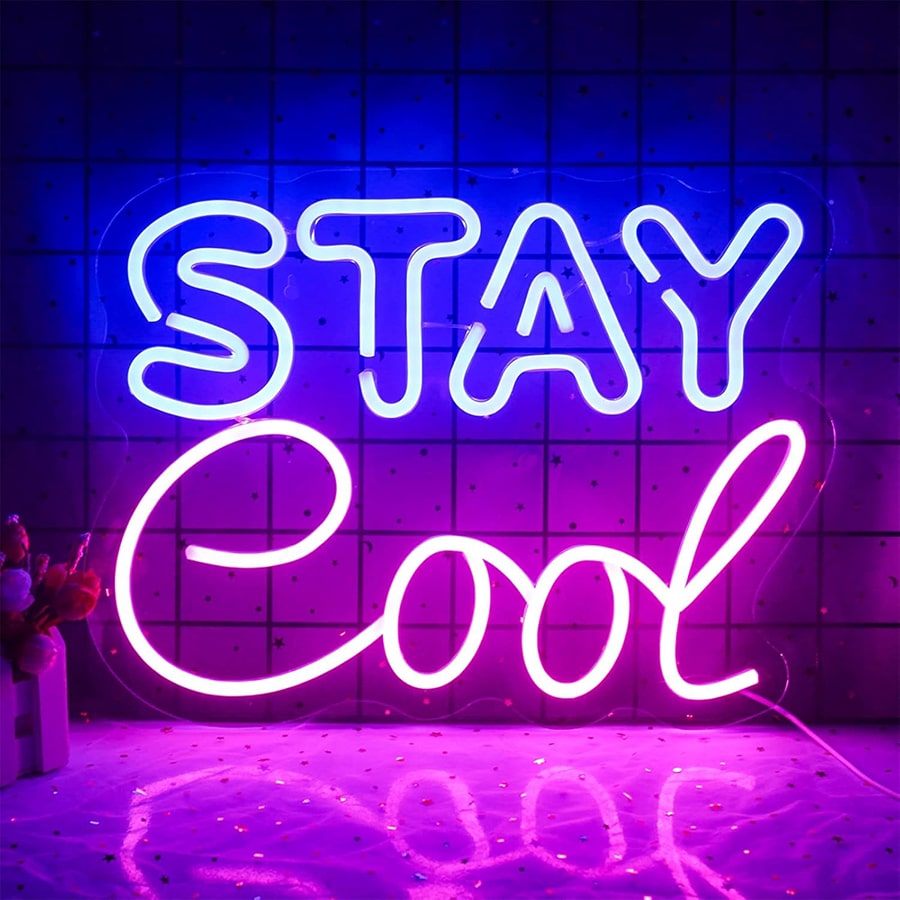
A Brighter Future: The History of LED Lighting
Oct 8th 2024
Have you ever thought about how the lights we use every day—whether in our homes, holiday displays, or even our smartphones—came to be? LED lighting is more than just the tiny diodes in electronic devices. It’s a versatile technology that has transformed everything from standard household lightbulbs to massive lighting systems in public spaces. The journey of LED lighting is full of fascinating developments that have made our world brighter, more energy-efficient, and even a bit more fun. Let’s dive into the history behind this innovative lighting solution.
The Early Beginnings of LED
The story of LED (light-emitting diode) lighting officially began in 1962, when Nick Holonyak Jr., an engineer at General Electric, developed the first visible-spectrum LED. But the groundwork for this invention was laid much earlier, in 1927, by Russian scientist Oleg Losev, who discovered that diodes could emit light. Despite his breakthrough, practical applications for the discovery didn’t emerge for several more decades.
The Red-Light Era
In the early days, LEDs were only available in red. These early red LEDs were primarily used in small, simple devices like digital clocks, calculators, and early display screens. If you grew up in the 1970s or 1980s, you probably remember seeing those glowing red numbers on the digital clock beside your bed.
But there was a big challenge with these early LEDs—they weren’t very bright. Their limited brightness meant they were best suited for small indicators rather than large-scale lighting. So, while the red LED had potential, the full promise of LED technology was still a long way off.
Staying Cool and Saving Energy
One of the coolest (literally) things about LED lighting is that it produces very little heat. Traditional lightbulbs, like incandescent lights, waste a lot of energy as heat, which is why they feel scorching to the touch after being on for a while. LEDs, on the other hand, remain cool even after hours of use. This is not only safer but also much more energy efficient. LEDs use up to 90% less energy than their incandescent counterparts, making them a win for both your electricity bill and the environment.
In the 1990s, researchers developed blue and green LEDs, which paved the way for creating white light—a huge breakthrough. Japanese engineer Shuji Nakamura was key in developing blue LEDs, which when combined with red and green, or used with a phosphor coating, produced white light. This was a game-changer, opening the door for LEDs to be used in general lighting.

From Niche to Mainstream
- Energy Efficiency: As awareness of energy conservation grew, people began to see LEDs as an easy way to reduce electricity consumption. Today, the U.S. Department of Energy estimates that switching to LEDs could save billions of dollars in energy costs annually.
- Long Lifespan: LEDs last much longer than traditional light bulbs. While an incandescent bulb might last around 1,000 hours, an LED can last up to 50,000 hours. This means fewer trips to the store and fewer ladder climbs to change out that pesky ceiling light.
- Versatility: One of the great things about LEDs is their versatility. They’re small enough to fit in the tiniest gadgets and powerful enough to light entire stadiums. Whether you need a soft glow for a cozy living room or bright, colorful lights for a party, LEDs can do it all.
- Eco-Friendly: LEDs don’t contain toxic substances like mercury, which is often found in fluorescent bulbs. This makes them much safer to dispose of and better for the planet.
Today’s LED Lighting: Functional and Fun
LEDs have come a long way since their humble beginnings. Today, they’re used in everything from smart home lighting systems to holiday decorations. Remember the frustration of dealing with old holiday lights where one broken bulb would knock out the whole strand? Modern LED lights don’t have that issue, and they’re way more durable. Plus, they come in so many shapes, sizes, and colors that they’re perfect for creating the lighting feel you’re seeking year-round.
Beyond fun applications, LEDs are also playing a key role in green building and sustainable design. Many new buildings and homes use LED lighting to reduce their environmental impact, thanks to the energy efficiency and long lifespan of these bulbs.

Fun Fact: Switching to LED bulbs can help reduce your electricity usage by up to 80%, meaning lower energy bills and a smaller carbon footprint—what’s not to love?
The Future Looks Bright
LED technology continues to evolve, and the future of lighting is only getting brighter. From innovations in smart lighting to applications in medical devices and art installations, LEDs are lighting the path forward. Their growing role in sustainable design and energy efficiency means that LEDs will likely remain at the forefront of lighting for years to come.
So the next time you flip a switch or admire the glow of holiday lights, take a moment to appreciate the history behind the humble LED. It’s more than just a light source—it’s a revolutionary technology that has brightened our world in countless ways.


